Pop the hood of any modern performance car or truck that’s seen any additional engine upgrades, and we’re willing to bet you’ll see some sort of air intake kit.
That’s because air flow is an absolutely critical factor in engine performance.
If you think of your engine as an elaborate air pump, then the more air it can move in (and out), the better. And though that may be over-simplifying things a bit, there is a significant amount of truth there.
That said, the internet and—if we’re being honest—the gearhead community has a way of exaggerating things. Lurk around enough car and truck forums and you’ll undoubtedly hear tales of intake kits adding gobs of horsepower to an otherwise stock engine and dropping ETs by entire seconds.
So we’re here to set the record straight on cold air intake kits.
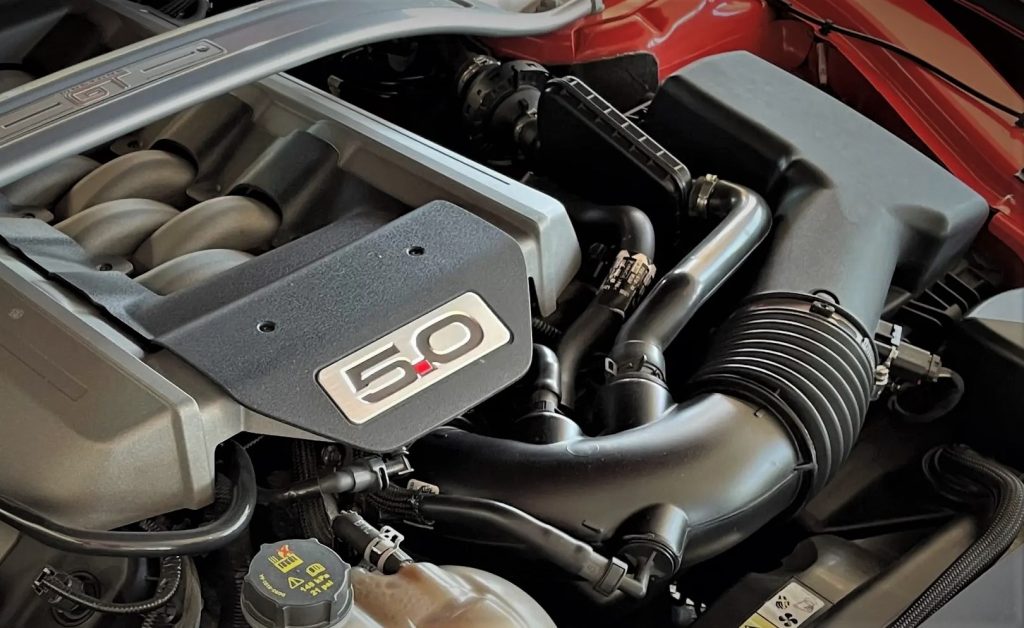
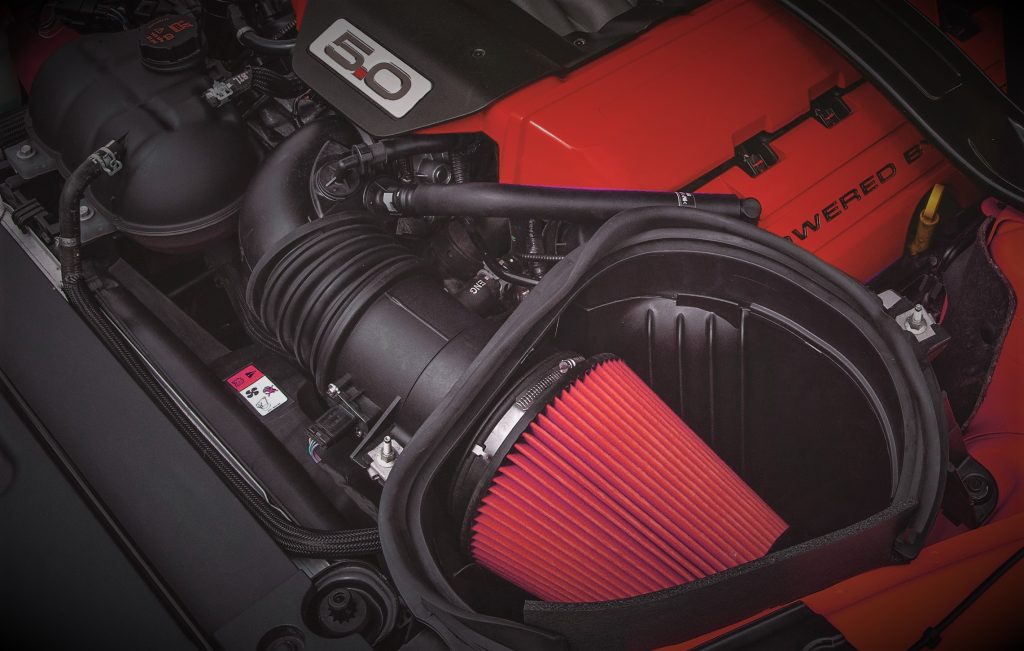
Do Air Intakes Add Horsepower?
For starters, we wrote an entire article on this subject and you can read it here:
How Much Horsepower Do Cold Air Intake Kits Add?
The short answer is…it depends…on a lot, actually. From ambient temperatures and elevation to additional engine mods, plenty of variables can affect a dyno test. As a result, there’s no set standard percentage on how much horsepower or torque a cold air intake (CAI) can add.
But in that article linked to above, we looked at several dyno charts from different air intake manufacturers and most of them showed percentage gains in the upper single digits.
Sure, that’s not exactly jaw-dropping, but a good start nonetheless. And that’s really when the value of a CAI begins to show itself.
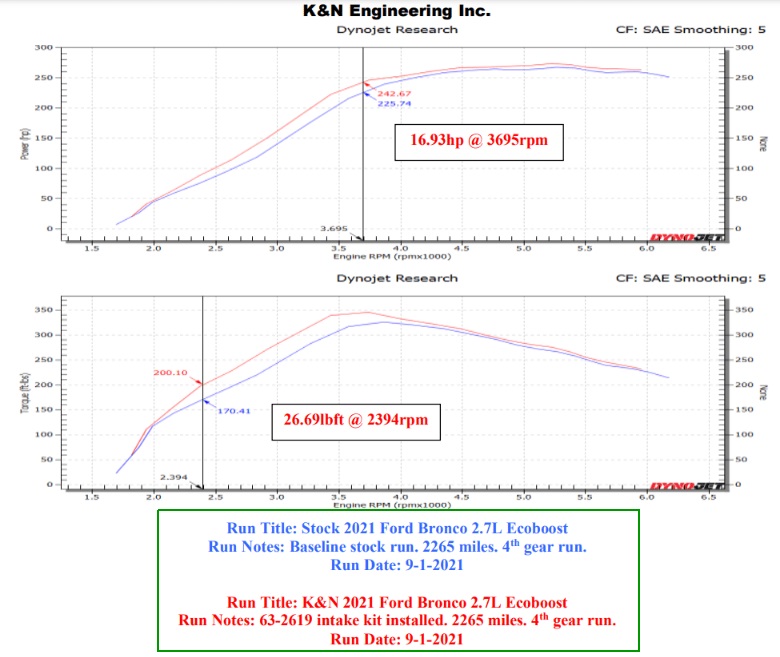
So if you recall nothing else from this article, remember this: The performance of a cold air intake is augmented with each additional upgrade.
In other words, once you start adding headers, a cat-back exhaust, a cam, and a dyno tune, then you’ll absolutely need the extra airflow that a cold air intake will provide.
Consider an intake kit to be a crucial first step on the path to building horsepower.
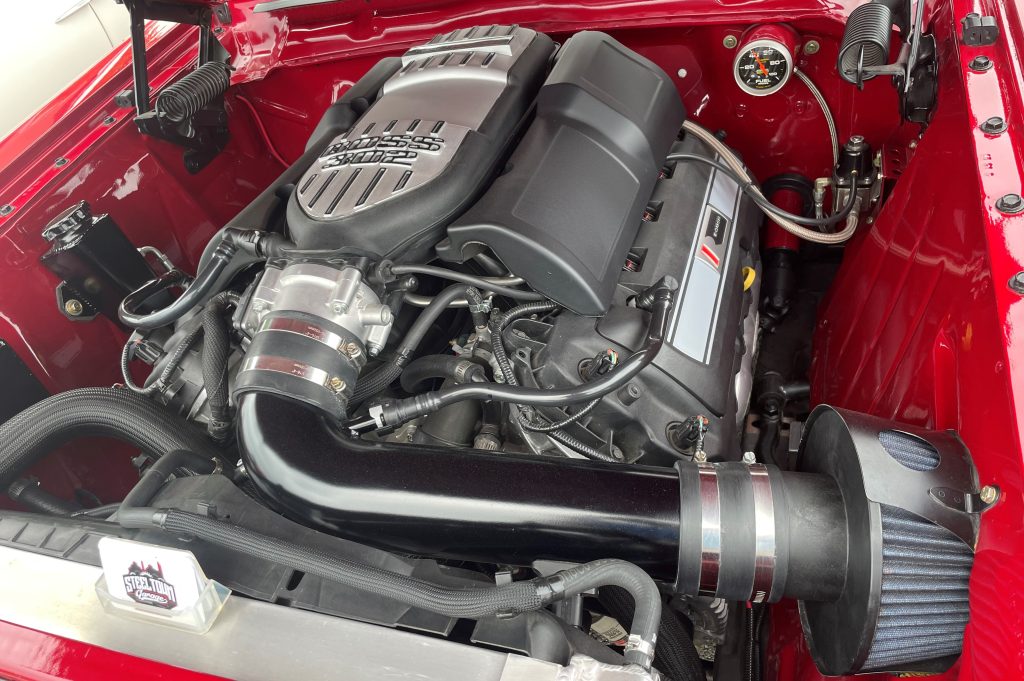
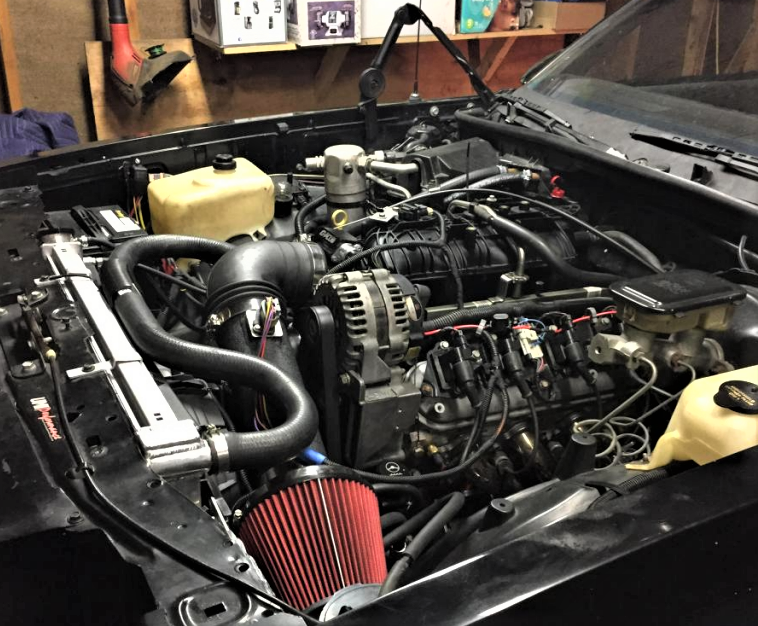
A Cold Air Intake Kit’s Impact on Engine Sound
OK, this is totally subjective and certainly a qualitative metric, but many gearheads would say that installing a cold air intake makes the engine just *sound* better.
For instance, on a CAI-equipped engine, when you mash the throttle pedal, there tends to be a “whoosh” resulting from the sudden inrush of air into the filter.
This, of course, has a lot to do with the placement of the air filter element and any additional ambient vehicle noise—but for a lot of folks, the aggressive sound is another attractive quality of a performance air intake.
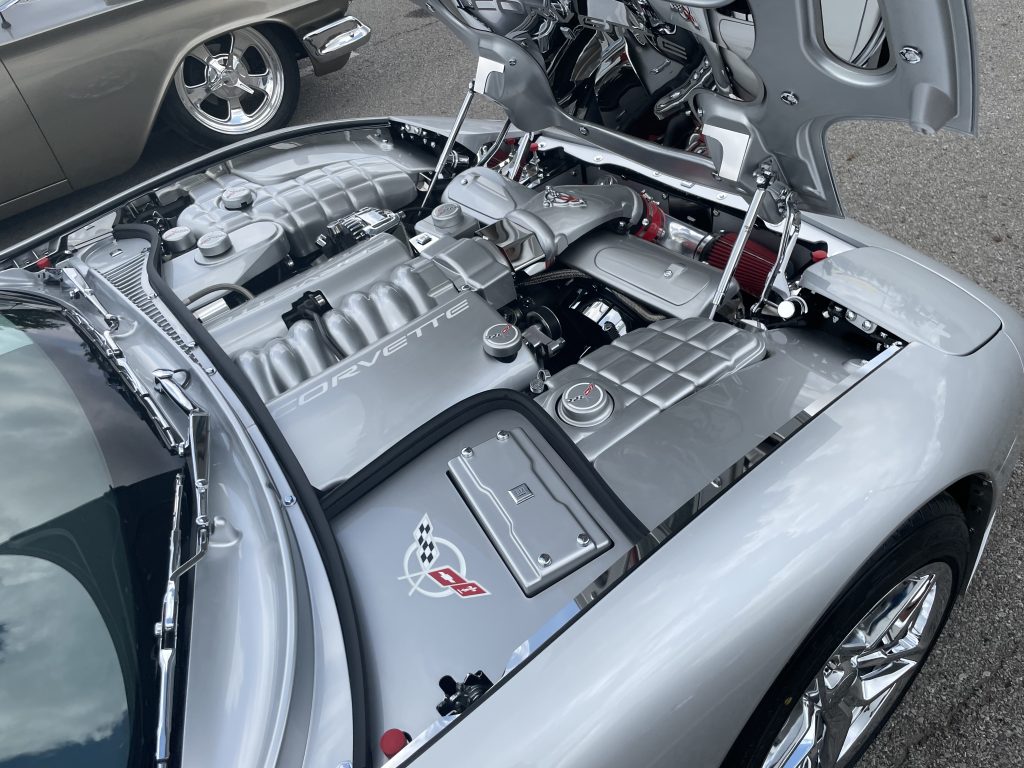
We alluded to it earlier, but when vehicle engineers design an intake for an OE application, much attention is placed on reducing engine noise. As a result, the airbox and ducts of the intake system are often chambered, curved, and shaped toward that goal. That means, adding an air intake kit will often increase engine noise, specifically under hard acceleration.
So…Do Air Intakes Really Work?
Hopefully we’ve added some nuance here to the discussion here. But dyno testing aside, there’s a way easier approach to answering that question.
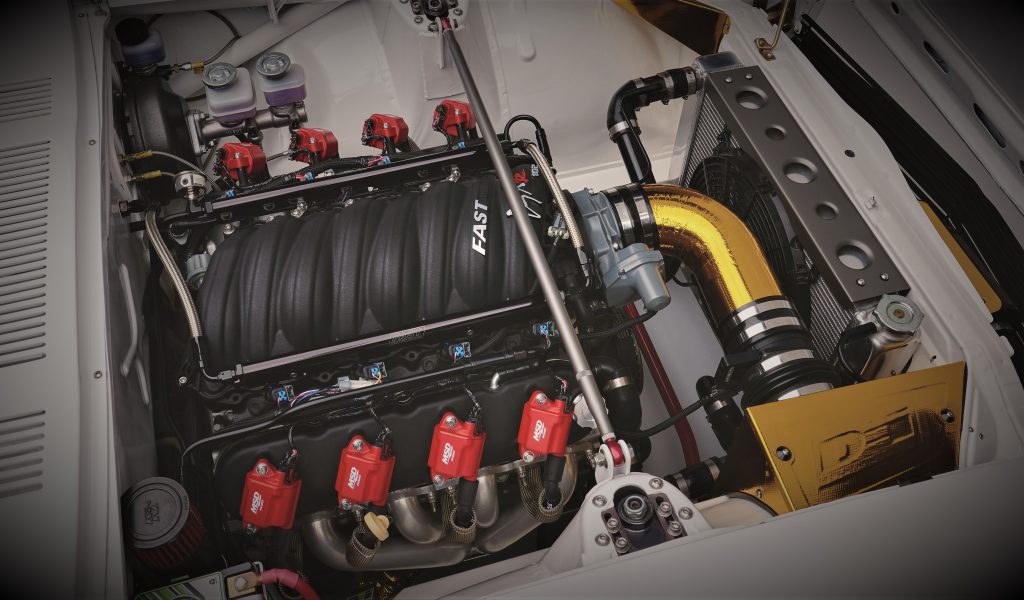
If intakes didn’t work, they wouldn’t exist.
Go ahead, ask a veteran race car owner—they don’t like to spend money when it’s not necessary. So if air intakes didn’t add some performance benefit, you wouldn’t see them on race cars.
It’s honestly that simple.
More Air Intake Kit Technical Resources
As mentioned at the beginning, an air intake kit is very often the first serious upgrade many enthusiasts make to their vehicles. That means we have oodles (yes, oodles) of tech information, buyers guides, and FAQs on them. Click the links below to learn more.
- Air Intakes 101: One of the Most Popular Power-Builders
- Air Intakes 201: How to Choose an Air Intake
- How to Choose an Air Intake Kit for Trucks
- Prevent Hydrolock with a Cold Air Intake Bypass Valve
- Which Air Intake Tube Material is Better, Metal or Plastic?
- How to Find the Best Replacement Air Filter
- Are Cold Air Intake Kits Illegal?

Comments